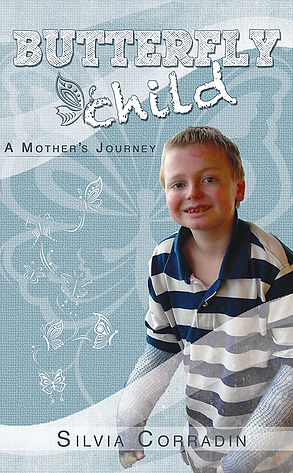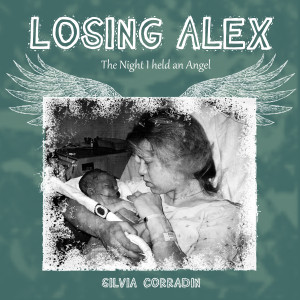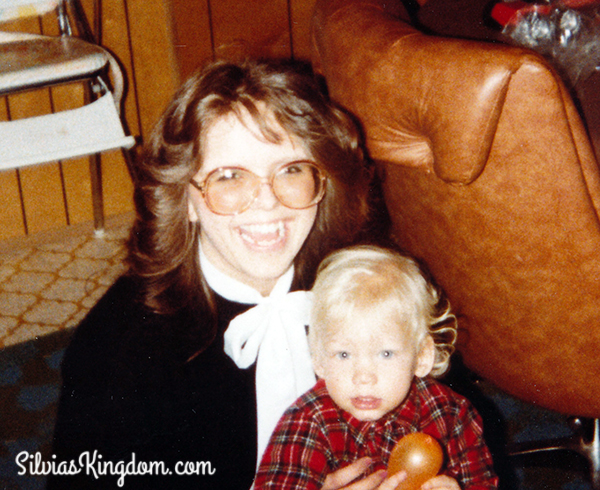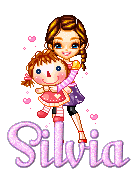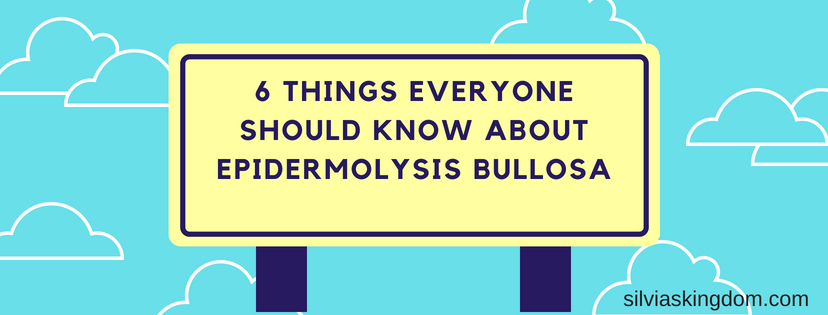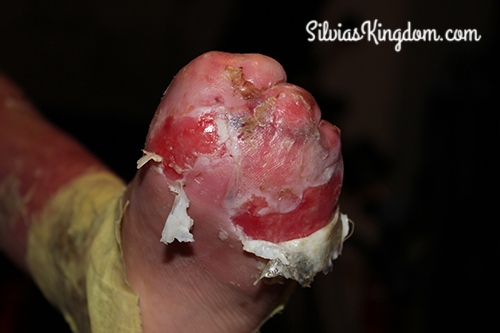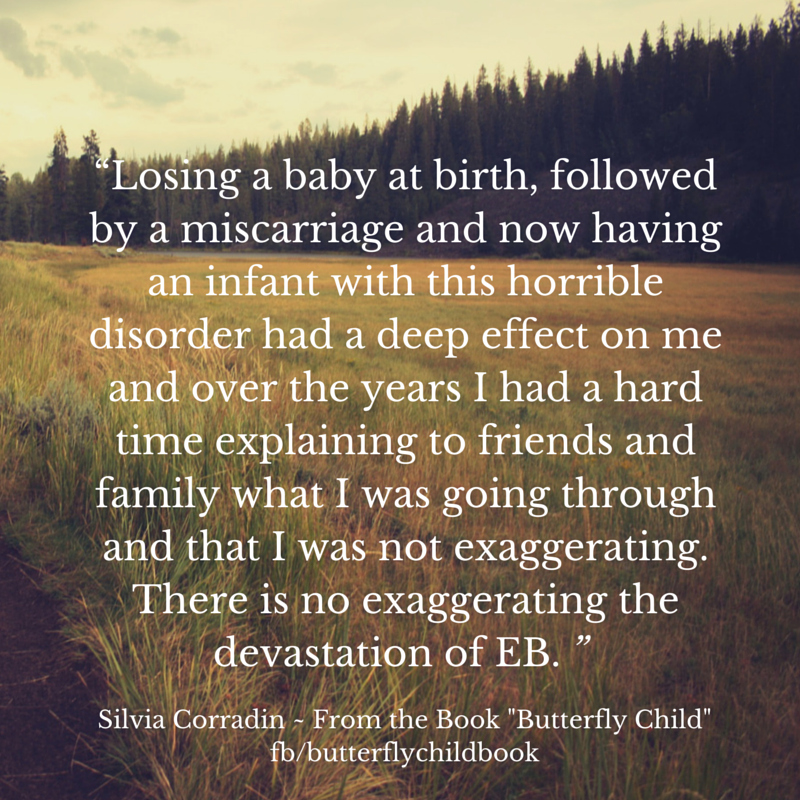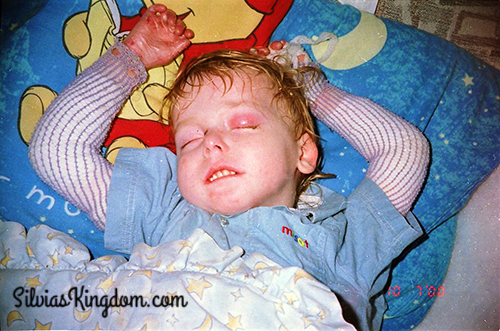On my radio show/podcast yesterday I tried… or, rather, attempted, to illustrate the genetics involving EB in a fun way, evoking the dormant (sleeping) recessive gene and wishing it could sleep more often.
Alas, genetics are hard to explain. While after nearly 20 years I am on a weekly basis describing the blisters Nicky gets (and pictures do a much better job at that), explaining how he inherited the disorder when the parents do not have the condition it it’s still a challenge. That’s the thing with recessive genes. They are tricky.
The most visual way to unravel the baffling of genetics is to find some other way to explain it in ways people can understand. We all inherit a gene from each parent for the same “thing” (eye color, bone structure etc) -the famous “pair” of 23 chromosomes we have in our DNA. One comes from dad, one from mom. Of course both mom and dad have two each from their respective parents, so it’s a roll of the dice of which one they will give us. It’s also a roll of the dice sometimes of which one becomes dominant and which one becomes recessive, unless one is more predisposed of being one or the other. Dominant means that one of the versions trumps the other. The most visual way to explain this would be involving one’s eye color. I’ve read enough about skin color inheritance to know it’s a muddy subject and complex as heck. Skin pigmentation is polygenic, meaning there is no dominant nor recessive traits, it all depends on how much of the genes you inherit, which control skin pigmentation (melanin). There is a good explanation HERE.
My aunt had a dear old friend whom she visited regularly, an African-American lady whose name was Gladys. On my first visit to see her she had a little blonde-blue eyed boy in her care, totally adorable, and I was taken aback when she told me it was her grandchild. Her daughter and son-in-law were an interracial couple, but I am not sure I ever saw at that point in my life an interracial child that was not a “mulatto” per se. This child was white, no doubt about it. Not even a little bit. That’s me and him in this picture here! Since both blonde hair and blue eyes are recessive traits, it seems to me that his mom must have had the recessive genes for these in her DNA, hence an European Ancestor somewhere to account for the light pigmentation as well. The following year I encountered the opposite. An Italian lady had married an African-American male and all 5 of her children’s skin was very dark. One would never even mildly guess their mother was white. This combo made more sense since darker hair/eye color are dominant.
But, wait, I have another example that it’s way better than this and even more confusing. One sweet black girl I worked with several years ago was always talking about her little boy, and one day I asked her to show me his picture and… he was a white, blue eyed little boy. I didn’t have to say anything, she immediately told me that it was indeed her baby and they had no idea how that happened. She was black, her parents were black, and her grandparents were black. Same story on her husband’s side. No white ancestor that they knew of. But of course… she said… there had to be one somewhere. Indeed. And on both sides, nonetheless. Since blue eyes is a recessive trait, she and her husband must have both given the child a recessive gene for blue eyes for the gene to show up. Right?
OK, I will admit I am fuzzy about that one. But as far as RDEB goes, of this I am sure. The reason why “Recessive Dystrophic” EB has the word “recessive” in the name is because this is a recessive gene, a gene that lies dormant unless it’s paired with another recessive gene, so one of them has to decide to “show up”. This does not mean that the gene that took over is now Dominant. It will never be. A patient with RDEB is still carrying 2 recessive genes for his skin, not one dominant and one recessive. Of course some things are benign, it’s perfectly fine to be born with blue eyes or other recessive traits such as red or blonde hair. But that’s unfortunately how many awful diseases and disorders are inherited. One copy is not enough to have the child be born with a recessive condition, two it is. If you have one copy, you’re considered a “carrier”, and the condition will never manifest itself, but you may pass the gene off to your offsprings as sadly, it happened to me. Twice. Both Alex and Nicky were unlucky enough to inherited my “bad” skin gene. While Connor has a different dad, it’s pretty clear he has my “dominant” skin, which also means he may not even be a carrier. Imagine that!
Let me leave everyone with this final thought:
EB is one of those conditions that is indifferent to race or gender, equally present in all populations on earth. It may be rare, but it’s everywhere. EVERYWHERE.
Love & Light,


